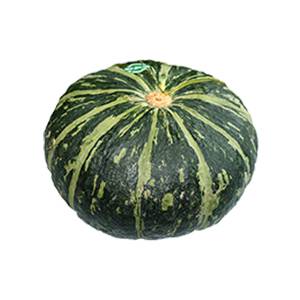- No. 268 Xianghe Street, Economic Development Zone of Xingtai city, Hebei 054001 China
- Byron@hbhongri.cn
chili powder paprika
Chili powder and paprika are two popular spice blends that bring vibrant flavors and colors to a wide array of dishes. While both spices share a common origin—derived from dried chili peppers—their distinct characteristics and culinary applications set them apart.
.
On the other hand, paprika is primarily made from sweet or bell peppers that have been dried and ground into a fine powder. The flavor profile of paprika can vary from sweet and mild to smoky and hot, depending on the type of peppers used and the production methods. Hungarian paprika, for instance, is famous for its rich, deep flavor and vibrant red color, and it is often used in traditional dishes like goulash. Spanish paprika, known as pimentón, is characterized by its smoky flavor, which comes from peppers that have been dried over an open flame. This unique attribute makes Spanish paprika an excellent choice for adding depth to stews, paellas, and grilled meats.
chili powder paprika

Culinary experts often use these two spices in complementary ways. For instance, a dish might begin with a base of paprika for its color and sweetness, followed by a dash of chili powder to introduce heat. Together, they create a balanced flavor profile that appeals to a wide range of palates.
In addition to their flavor advantages, both chili powder and paprika offer an array of health benefits. They are rich in antioxidants and can contribute to improved metabolism and digestion. Moreover, the capsaicin found in chili powder has been studied for its potential anti-inflammatory properties.
In conclusion, while chili powder and paprika derive from similar roots, they each offer unique flavors and functions in cooking. Embracing both spices allows home cooks and chefs alike to explore a world of taste, transforming everyday meals into extraordinary culinary experiences.
-
Turmeric Rhizome Powder: A Golden Treasure from Roots to TableNewsJul.28,2025
-
The Versatile Application Of Crushed Red Hot Peppers: Lighting Up The Red Flames On The Dining TableNewsJul.28,2025
-
The Paprika: A Touch Of Vibrant Red In Color, Flavor, And CultureNewsJul.28,2025
-
Ground Turmeric: A Modern Examination of an Ancient SpiceNewsJul.28,2025
-
Capsicum Liquid Extract: Features, Applications, and ChallengesNewsJul.28,2025
-
Application of Capsicum Liquid Extract in FoodNewsJul.28,2025







